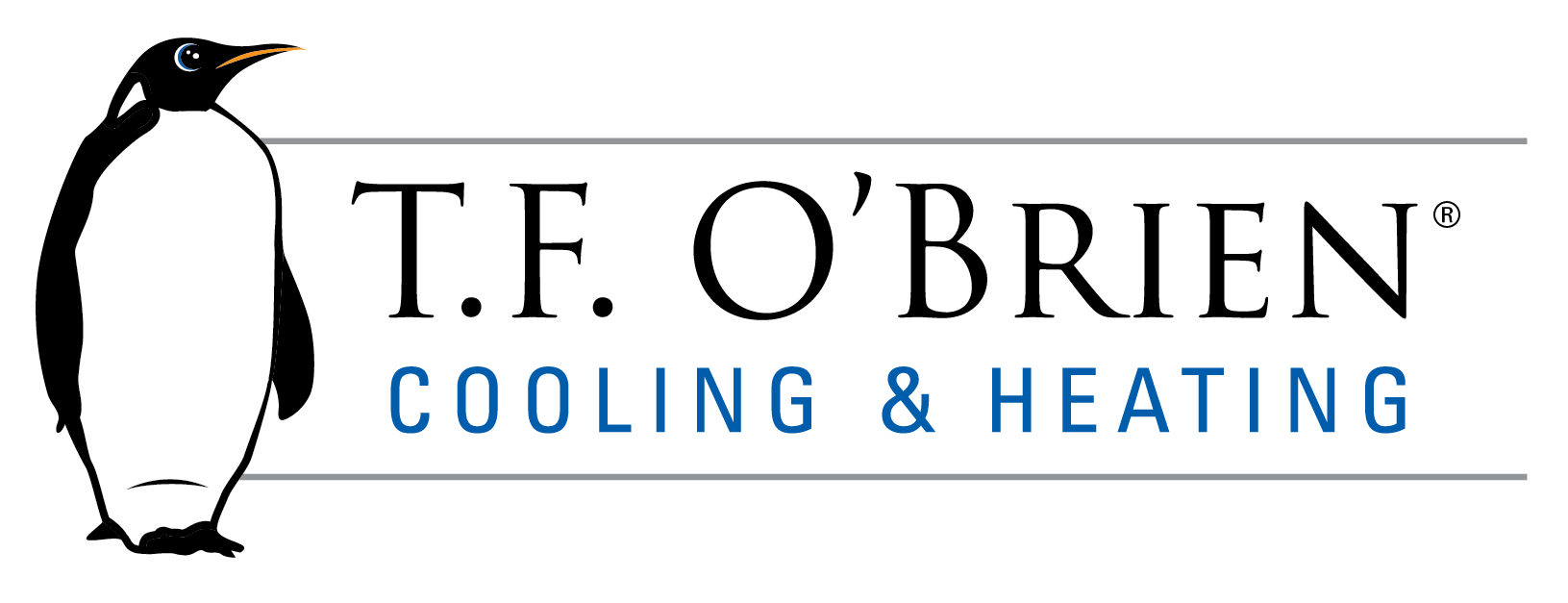 By using both heat pumps and furnaces to their best advantage, dual-fuel systems provide an energy efficient solution for heating your home. Installing one of these systems can significantly lower your energy costs while at the same time helping you stay warm and comfortable year round. Let’s take a closer look at how these heating systems work. Continue reading “Optimize Efficiency Using Dual-Fuel Systems”
By using both heat pumps and furnaces to their best advantage, dual-fuel systems provide an energy efficient solution for heating your home. Installing one of these systems can significantly lower your energy costs while at the same time helping you stay warm and comfortable year round. Let’s take a closer look at how these heating systems work. Continue reading “Optimize Efficiency Using Dual-Fuel Systems”
Tag: heating bills
Troubleshooting Tips For Your Heat Pump
Heat pumps are a great way to save energy. They combine heating and cooling systems by using energy taken from the air outside. Instead of heating cold air, heat pumps just move heat around, meaning they can be 30 to 40 percent more efficient than an air conditioner according to the U.S. Department of Energy. Continue reading “Troubleshooting Tips For Your Heat Pump”
High Efficiency Furnaces More Than Just a New Model
Furnaces have come a long way in the past 15 years. Systems that were once gas guzzlers have become vastly more efficient, saving you money on your heating bills.
Every furnace has a rating based on the unit’s annual fuel utilization efficiency, or AFUE. A furnace’s AFUE is the percentage of heat created compared to the amount of energy used.
Numbers that used to hover between 60 to 70 percent have become dramatically higher over the past decade. As of now, it is not uncommon to find new furnaces that break the 95 percent mark.
It is for this reason that high efficiency furnaces are a good investment. When a new furnace is properly sized for the area of your house, Your heating bills can drop in half, according to the Department of Energy, with a new furnace.
Here are some tips on deciding whether or not to upgrade to one of these new, high efficiency furnaces.
- What are the maintenance costs of your current system? As furnaces get older, they grow more likely to break. If repairing them grows daunting, a new low-maintenance furnace can be an option.
- Does your furnace have a pilot light? If you can see the flame in your furnace, you can see your fuel costs going up. Many new furnaces are designed without the constant fuel use of a pilot light. They use electrical ignition instead.
- Check the sizing on your furnace. Many old furnaces are oversized. This means that they are too big for the house where you need them and spend more energy than you need to. It also means they are more difficult to maintain. The Department of Energy has some guidelines about how your contractor should size your home.
Finding a contractor you can trust is the most important task when installing high efficiency furnaces.Energy costs are rising, but technology has found ways to help us save money. High efficiency furnaces are just one example. If you have any questions, feel free to contact the professionals at T.F. O’Brien. They are more than happy to help.
Our goal is to help educate our customers about energy and home comfort issues (specific to HVAC systems). For more information about high efficiency furnaces and other HVAC topics, click here to download our free Home Comfort Resource guide.
T.F. O’Brien services the Long Island, New York area. To get started, get a quote from us or check out our special offers.
Save this Winter with a High Efficiency Furnace
Winter is almost here and so are your heating bills. Unfortunately, your heating bills can take quite a chunk out of your finances. According to the U.S. Department of Energy, the majority of your energy bills are spent on heating your home. Given this statistic, it makes sense that you would want save money on your heating bills. But can you?
Yes, you can—if you buy a high efficiency furnace.
Understanding the Efficiency Rating of High Efficiency Furnaces
Before you go shopping for a high efficiency furnace, you need to know the efficiency rating that all furnaces now display.
The efficiency rating of furnaces is called the AFUE which stands for annual fuel utilization efficiency. The AFUE measures how efficiently the unit uses its fuel during a typical year. It does this by calculating the total heat output of the furnace compared to the amount of energy the furnace consumed.
For instance, if you see a furnace with an AFUE of 90 percent, that means that 90 percent of the fuel’s energy becomes heat for the home and the remaining 10 percent of the energy escapes up the chimney or elsewhere. High efficiency furnaces with AFUE’s of 90 percent are highly efficient and, as such, will save you money on your heating bills.
Buying a High Efficiency Furnace
Finding a furnace’s AFUE rating is not difficult. By law, new furnaces must prominently display their AFUE. But there are a couple of facts that you should know:
- The higher the AFUE, the more energy efficient the furnace is.
- High efficiency furnaces (fossil-fueled) will have AFUEs of between 90 and 97 percent.
- Mid efficiency gas furnaces will have AFUEs of between 80 and 85 percent.
- The minimum allowable AFUE rating for a warm-air, fossil-fueled furnace today is 78.
- Electric furnaces will have AFUEs of between 95 and 100 percent because no energy is lost up the chimney or flue. However, the skyrocketing cost of electricity may make an electric furnace a poor choice if you want to save money on your heating bills.
- High efficiency gas furnaces are capable of using 30 percent less fuel than their older counterparts.
Buying high efficiency furnaces can save Long Island residents a lot of money on their heating bills. So, if you’re considering a replacement, consider a high efficiency furnace. It will save you money now and into the future.
T.F. O’Brien services the Long Island, New York area.
Our goal is to help educate our customers about energy and home comfort issues (specific to HVAC systems). For more information about preventive maintenance and other HVAC topics, please download our free Home Comfort Resource guide.
